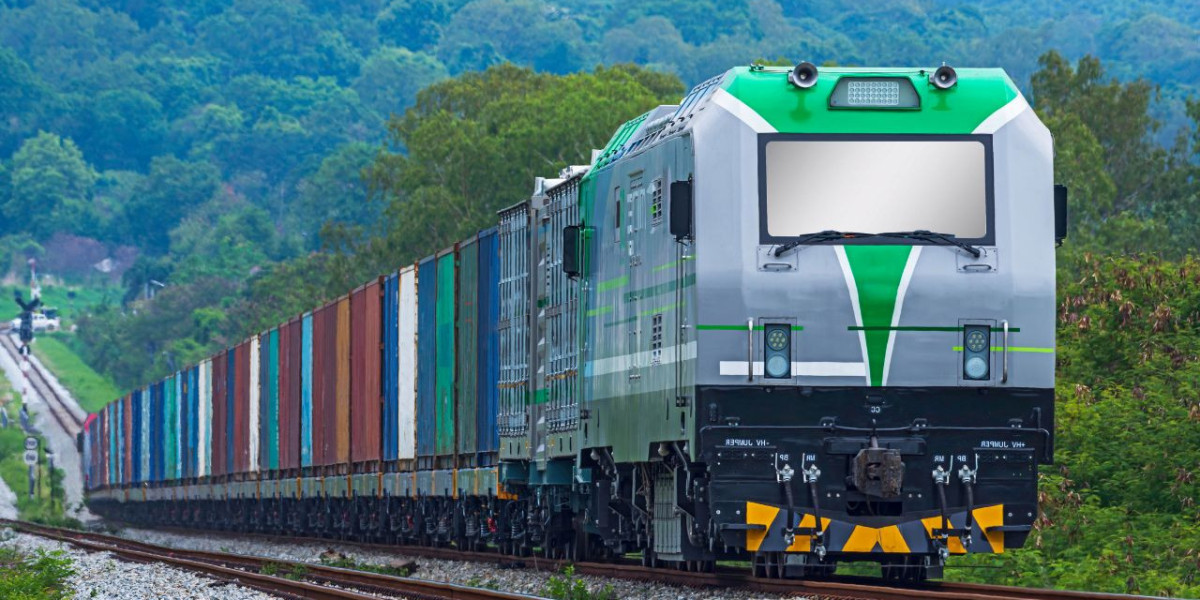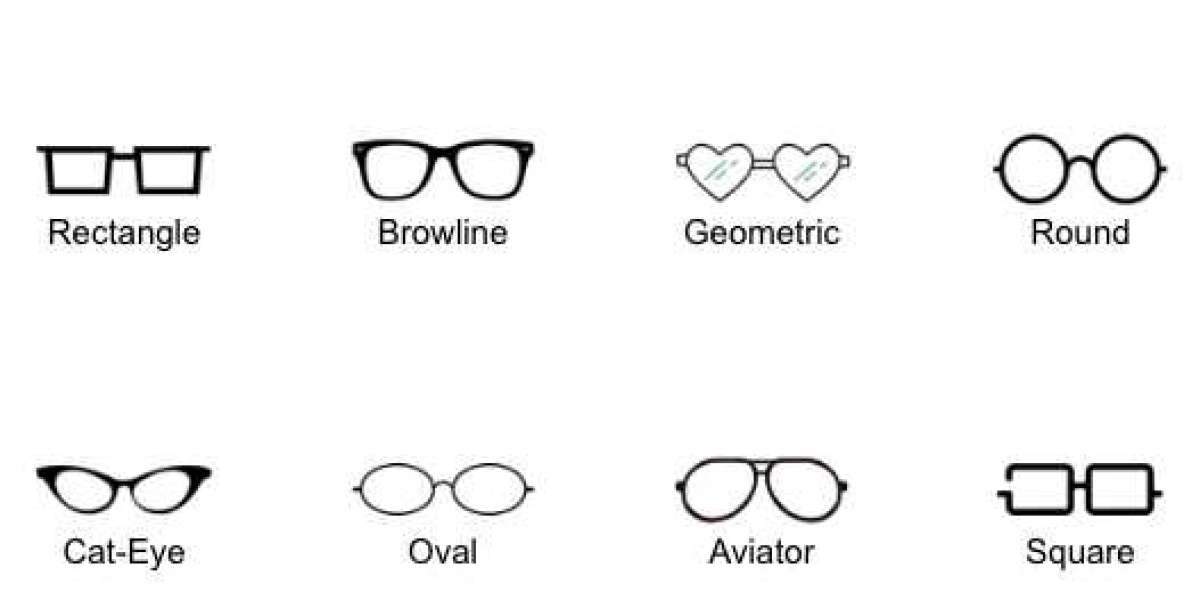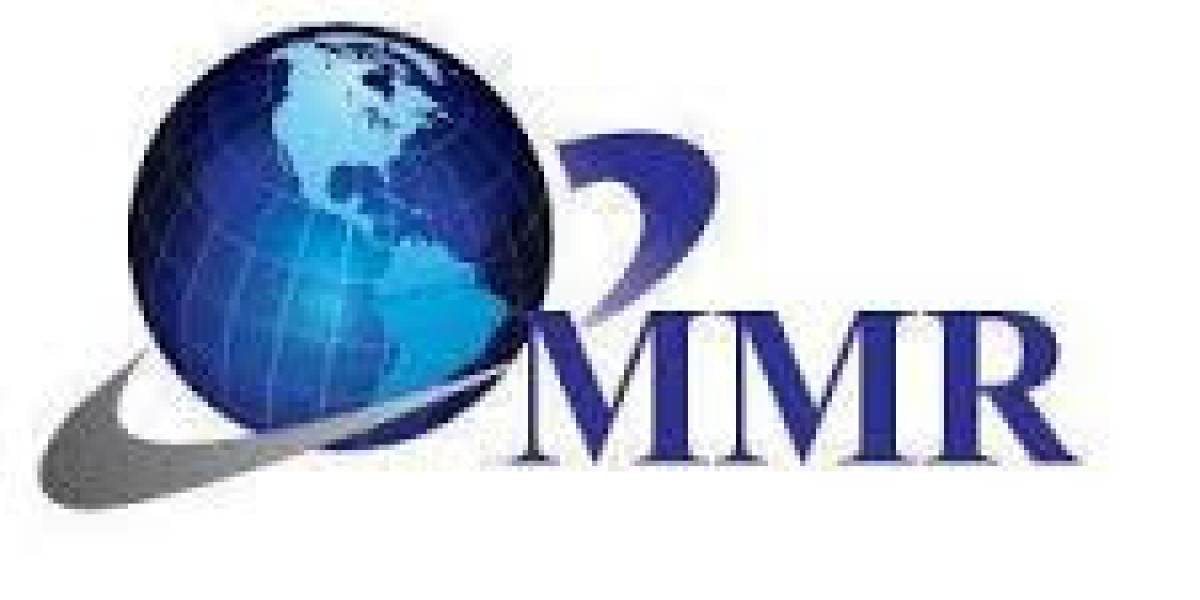Exporting goods from India to Europe presents a lucrative opportunity for businesses aiming to expand their market reach. With Europe being a major trading partner for India, understanding the step-by-step procedure for exporting goods is crucial for ensuring a smooth and successful transaction. This guide will outline the essential steps involved in exporting goods from India to Europe, highlighting the key requirements, documentation, and procedures.
Market Research and Product Selection
Before embarking on the export journey, thorough market research is vital. Identify the demand for your products in the European market, understand the competition, and ascertain the regulatory standards and consumer preferences. Selecting the right product that meets European market needs and complies with local regulations will increase your chances of success.
Obtaining IEC Code
An Import Export Code (IEC) is mandatory for any business involved in international trade. Issued by the Directorate General of Foreign Trade (DGFT), the IEC is a unique 10-digit code essential for customs clearance, shipping, and receiving payments. Apply for the IEC online through the DGFT website by submitting the required documents and paying the processing fee.
Ensuring Compliance with European Standards
Europe has stringent regulations and standards for imported goods, particularly in sectors like food, pharmaceuticals, and electronics. Familiarize yourself with the relevant European Union (EU) regulations and obtain necessary certifications such as CE marking for electronics, REACH compliance for chemicals, and other industry-specific certifications. Ensuring compliance will facilitate smooth entry into the European market and avoid legal hassles.
Sourcing and Manufacturing
Once you have determined the product and ensured compliance with European standards, focus on sourcing raw materials and manufacturing the product. Ensure that the production process meets both Indian and European quality standards. Maintaining high-quality production standards is essential to build trust and reputation in the European market. Additionally, businesses can take advantage of schemes like the Advance Authorisation Scheme, which allows duty-free import of raw materials required for manufacturing export products, thus reducing overall production costs.
Pricing and Costing
Accurately pricing your product is critical for competitiveness. Consider all costs involved, including manufacturing, packaging, transportation, tariffs, and duties. Analyze the pricing strategies of your competitors in Europe and set a price that offers value while maintaining profitability.
Packaging and Labeling
Proper packaging and labelling are crucial for export. European countries have specific packaging regulations to ensure safety and sustainability. Use sturdy, eco-friendly packaging materials and label products in compliance with EU regulations. Include all necessary information such as product details, manufacturing date, expiry date, usage instructions, and any mandatory certifications.
Selecting the Right Logistics Partner
Choosing a reliable logistics partner is crucial for the timely and safe delivery of goods. Consider factors such as experience in handling exports to Europe, shipping routes, transit time, and cost. Collaborate with freight forwarders who offer end-to-end solutions, including customs clearance, warehousing, and insurance services.
Documentation and Compliance
Exporting goods involves extensive documentation. Ensure all documents are prepared accurately to avoid delays and penalties. Key documents include:
Commercial Invoice: Detailed invoice including product description, quantity, price, terms of sale, and payment details.
Bill of Lading: Contract between the owner of the goods and the carrier.
Packing List: Detailed list of the contents of each package.
Certificate of Origin: Document certifying the country of origin of the goods.
Export License: Required for restricted goods.
Insurance Certificate: Proof of insurance coverage for the shipment.
Customs Declaration: Required for customs clearance in both India and Europe.
Customs Clearance in India
Customs clearance is a critical step in the export process. Submit the required documents to the Indian Customs Department, including the Shipping Bill, Bill of Lading, IEC code, commercial invoice, and packing list. The Customs Department will inspect the shipment and verify the documents. Upon approval, the goods will be cleared for export.
Shipping and Transportation
After customs clearance, arrange for the transportation of goods to the port of shipment. Choose between sea, air, or multimodal transport based on the nature of the goods, cost, and delivery timeline. Ensure the shipment is insured to cover any potential risks during transit.
Customs Clearance in Europe
Upon arrival in Europe, the goods must undergo customs clearance. Collaborate with a customs broker or your logistics partner to ensure compliance with European customs regulations. Submit necessary documents including the Bill of Lading, commercial invoice, packing list, certificate of origin, and any other required certifications.
Payment and Foreign Exchange
Choose a secure payment method to mitigate risks. Common payment methods for international trade include:
Letter of Credit (LC): Guarantees payment by the buyer’s bank upon fulfilment of agreed terms.
Advance Payment: Buyer pays before shipment.
Documentary Collection: The Bank acts as an intermediary to collect payment from the buyer.
Open Account: Goods are shipped before payment, based on trust and relationship.
Ensure compliance with India’s foreign exchange regulations as stipulated by the Reserve Bank of India (RBI).
Post-Export Procedures
After completing the export, fulfil post-export formalities such as filing the Export General Manifest (EGM) and claiming export incentives like Duty Drawback or Merchandise Exports from India Scheme (MEIS) offered by the Indian government. Maintain records of all export transactions for future reference and audits.
Conclusion
Exporting goods from India to Europe involves meticulous planning, adherence to regulations, and efficient execution. By following the outlined steps, businesses can navigate the complexities of the export process and tap into the vast opportunities offered by the European market. Ensure continuous monitoring of market trends and regulatory changes to stay competitive and successful in the international trade arena.








